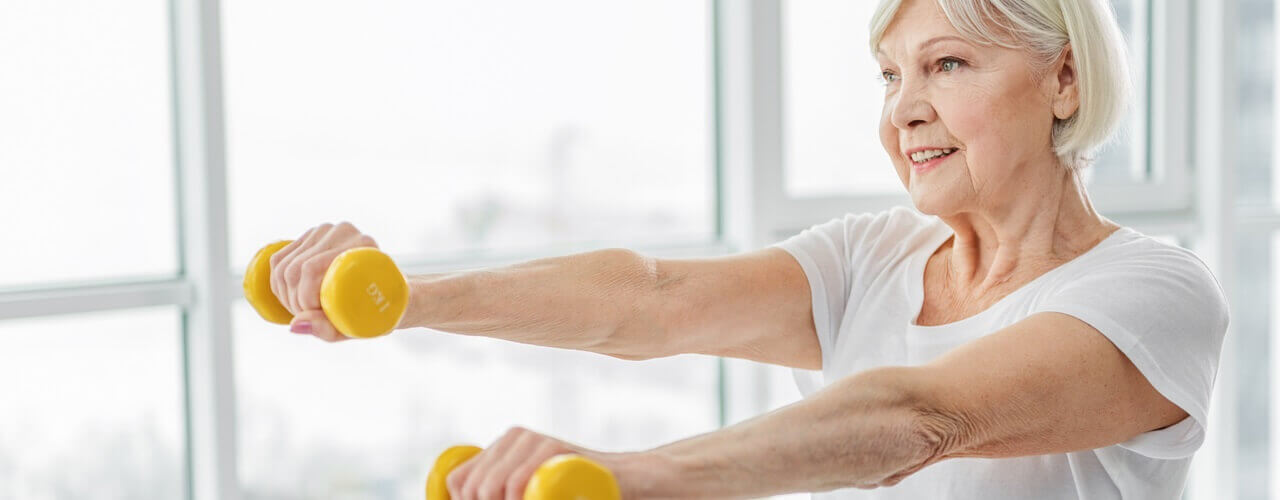Arthritis affects millions worldwide, causing pain, stiffness, and decreased mobility. In fact, according to the Arthritis Foundation, over 54 million adults in the United States alon have been diagnosed with arthritis. However, there is hope for relief through physical therapy and targeted exercise for arthritis pain.
Ready to get started with physical therapy for arthritis pain? Call our team at Walker Physical Therapy & Sports Injury Center today to learn more!
Unveiling Arthritis Pain: Deciphering Symptoms and Causes
Arthritis pain can manifest in various ways, affecting different joints and causing discomfort that ranges from mild to severe.
Symptoms
Joint Pain
- Persistent discomfort or tenderness in one or more joints, often worsened by movement or pressure.
Swelling
- Visible inflammation or swelling around the affected joints, indicating increased fluid buildup and inflammation.
Stiffness
- Difficulty moving the joints, especially in the morning or after inactivity.
Reduced Range of Motion
- Individuals may experience a limited ability to move the affected joints through their full range of motion. A reduced range of motion can lead to stiffness and functional impairment.
Warmth or Redness
- Increased warmth or redness around the affected joints, often accompanied by tenderness and swelling.
Causes
Cartilage Degeneration
- Osteoarthritis, the most common type of arthritis, occurs when the protective cartilage cushioning the ends of bones wears down over time, leading to pain and stiffness.
Joint Damage
- Traumatic injuries, repetitive stress, or overuse of joints can cause damage to the cartilage and surrounding tissues, contributing to arthritis development.
Autoimmune Disorders
- Conditions such as rheumatoid arthritis and psoriatic arthritis involve the immune system mistakenly attacking one’s body tissues, including the joints, leading to inflammation and pain.
Genetics
- Some individuals may have a genetic predisposition to developing certain types of arthritis, increasing their risk of experiencing symptoms at a younger age or with greater severity.
Lifestyle Factors
- Factors such as obesity, a sedentary lifestyle, poor posture, and unhealthy dietary habits can exacerbate arthritis symptoms and contribute to joint pain and inflammation.
Understanding the symptoms and causes of arthritis pain is essential for effective management. By recognizing the signs early and addressing the underlying causes, individuals can take proactive steps to alleviate discomfort and improve their quality of life.
Unlocking Relief: How Physical Therapy Can Ease Arthritis Pain
Physical therapy is crucial in managing arthritis pain by improving joint function, reducing inflammation, and enhancing overall mobility and strength.
Techniques and Exercise for Arthritis Pain Relief
Exercise Prescription
- Physical therapists design customized exercise programs tailored to one’s needs and abilities. Exercise for arthritis pain typically includes:
- Range of Motion Exercises: Gentle movements to improve joint flexibility and reduce stiffness.
- Strengthening Exercises: Targeting the muscles surrounding the affected joints to provide better support and stability.
- Aerobic Exercises: Low-impact activities such as walking, cycling, or swimming to improve cardiovascular health and promote weight management.
Manual Therapy Techniques
- Physical therapists employ hands-on techniques to alleviate pain, improve joint mobility, and release muscle tension. Manual therapy techniques for arthritis pain typically include:
- Joint Mobilization: Gentle manipulation of the affected joints to restore movement patterns and reduce stiffness.
- Soft Tissue Mobilization: Massage and stretching techniques to relieve muscle tightness and improve flexibility.
Education and Self-Management Strategies
- Physical therapists educate patients about arthritis, its symptoms, and effective self-management strategies to optimize their overall well-being. These strategies may include:
- Joint Protection Techniques: Teaching proper body mechanics and ergonomics to minimize stress on your joints during daily activities.
- Activity Modification: Advising on ways to modify activities or use assistive devices to reduce joint strain and prevent worsening of symptoms.
- Lifestyle Modifications: Education on weight management, nutrition, and stress management techniques to promote overall health and reduce arthritis-related complications.
Functional Training
- Physical therapists focus on improving functional abilities and enhancing independence in activities of daily living. Functional training can include:
- Balance and Proprioception Exercise for Arthritis Pain: Training to improve stability, reduce the risk of falls, and enhance joint proprioception.
- Gait Training: Teaching proper walking techniques and using assistive devices such as canes or walkers to maintain mobility and prevent injuries.
By combining these comprehensive treatment methods, physical therapy can effectively reduce arthritis pain, improve joint function, and enhance the overall quality of life for individuals with arthritis.
Embracing Life: A Holistic Approach to Arthritis Pain Management
Living with arthritis pain can be challenging, but with the right approach, it’s possible to manage symptoms effectively and regain control over your life. Physical therapy offers a holistic and personalized approach to arthritis pain relief, addressing physical and emotional aspects of the condition.
At our clinic, we’re committed to helping you navigate your journey to arthritis pain relief. Our team of experienced physical therapists is here to provide compassionate care, personalized treatment plans, and ongoing support to help you achieve your goals despite arthritis.
Call our team at Walker Physical Therapy & Sports Injury Center today to learn how physical therapy can help you reclaim your life from arthritis.
Tags: physical therapy, Physical therapist, Arthritis pain, physical therapy clinic, Arthritis Pain releif

